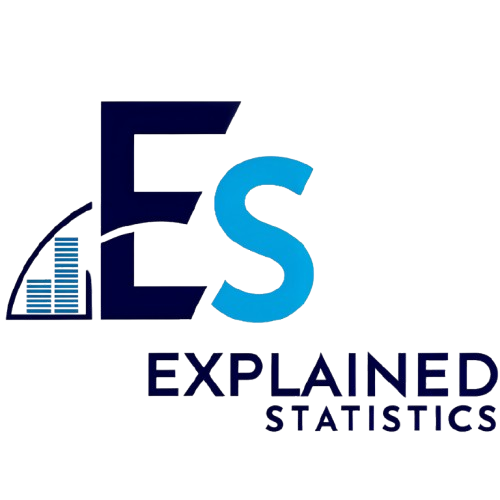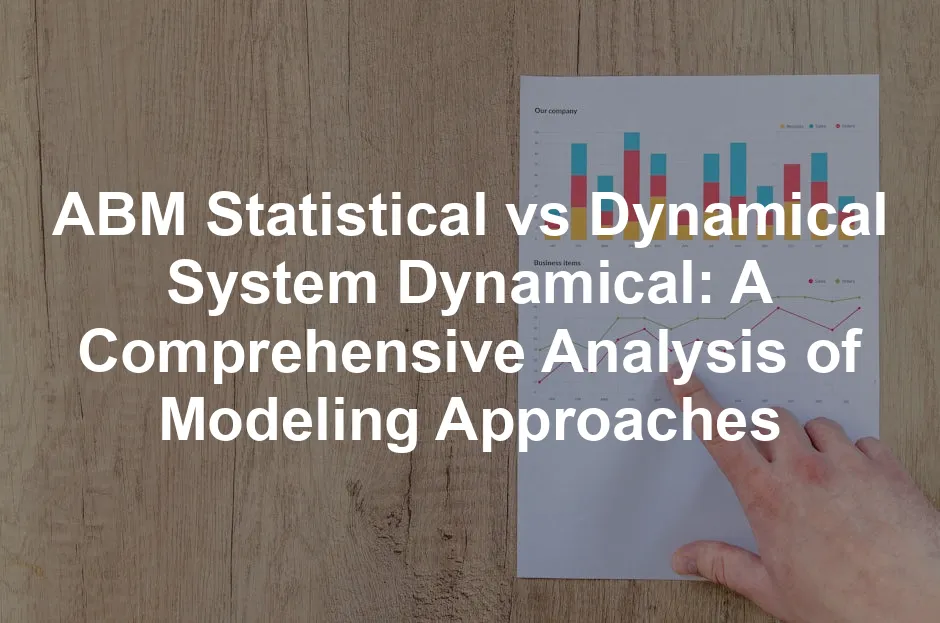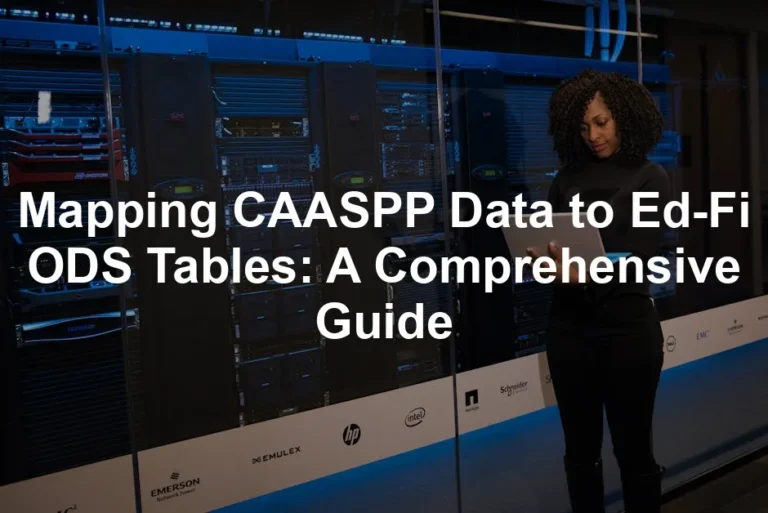Introduction
Agent-Based Modeling (ABM) and Dynamical Systems (DS) are two powerful methodologies used to understand complex systems. But what exactly do they entail? ABM focuses on individual agents, each following specific rules to interact within a system. This approach reveals emergent behaviors and intricate dynamics that are not apparent when analyzing the system as a whole. On the other hand, Dynamical Systems emphasize the system’s overall behavior, often employing differential equations to capture how the system evolves over time.
These modeling techniques are essential across various fields, including healthcare, ecology, and social sciences. In healthcare, for example, ABM helps simulate patient interactions and treatment pathways, offering insights into potential outcomes based on different scenarios. Similarly, DS can model the spread of diseases by examining how various factors—such as population density and vaccination rates—interact over time.
This blog post aims to compare and contrast ABM and DS, highlighting their strengths, weaknesses, and applications. By understanding these approaches better, researchers and practitioners can make informed decisions about which method best suits their needs.

Understanding the Basics
What is Agent-Based Modeling?
Agent-Based Modeling (ABM) is a computational approach that simulates the actions and interactions of autonomous entities, known as agents. Each agent operates under a set of predefined rules, allowing them to adapt and respond to changes in their environment. This flexibility leads to the emergence of complex behaviors at the system level, illustrating how individual actions can collectively influence overall dynamics.
ABM is characterized by several key features. Agents can possess distinct attributes, such as age, health status, or behavioral traits. They interact with one another and their environment through specific rules that dictate their behavior. This interaction often results in emergent phenomena, where the system’s behavior cannot be predicted solely by analyzing individual agents.
ABM has found applications in diverse fields. In ecology, it models predator-prey dynamics, helping to understand population fluctuations. In economics, it simulates market interactions, offering insights into consumer behavior and market trends. The versatility of ABM makes it a valuable tool for exploring complex systems across various domains. If you want to dive deeper into this fascinating topic, consider reading Introduction to Agent-Based Modeling: Simulating Complex Systems with NetLogo. This book offers practical insights into utilizing ABM effectively!

What are Dynamical Systems?
Dynamical Systems (DS) represent a mathematical framework used to study systems that change over time. These systems can be continuous or discrete, governed by sets of equations that describe how variables evolve. For example, in a continuous dynamical system, differential equations are employed to model the rates of change of variables, while discrete systems utilize difference equations to track changes at specific intervals.
DS focuses on the overall behavior of the system rather than individual components. It often visualizes relationships among variables through stock and flow diagrams, highlighting feedback loops and interactions. This macro-level perspective allows researchers to analyze stability, equilibrium points, and the potential for sudden shifts in system behavior.
Applications of DS are widespread. In physics, it models the motion of pendulums or celestial bodies. In ecology, it helps understand population dynamics under various conditions. In social sciences, it can analyze how societal factors like policy changes affect community behavior over time. To enhance your understanding of this topic, check out Dynamical Systems: A Primer. It provides a solid foundation for understanding these essential concepts.
By comparing ABM and DS, we can better appreciate their unique contributions to modeling complex systems. Each approach offers distinct advantages and challenges, making them suitable for different research questions and applications.

Key Differences Between ABM and Dynamical Systems
Modeling Approach
When we talk about modeling, we often find ourselves at a crossroads: should we take the scenic route of Agent-Based Modeling (ABM) or the highway of Dynamical Systems (DS)? Let’s break it down!
Agent-Based Modeling (ABM) hones in on the micro-level interactions. Picture it like a bustling café where each customer (agent) has a unique personality. They interact with one another based on individual behaviors, leading to fascinating emergent phenomena. This approach allows us to see how individual choices create complex dynamics at the system level. It’s perfect for simulating scenarios where individual actions matter, like predicting how a rumor spreads through a social network or how a disease might propagate among a population.
On the flip side, Dynamical Systems (DS) takes a macro-level view. Imagine it as a well-oiled machine. Here, the focus is on feedback loops and overall system behavior rather than individual components. Using differential equations, DS models capture how various factors interact over time, like a pendulum swinging back and forth. This method is great for understanding equilibrium points, stability, and the general trends in complex systems, such as the population dynamics of species in an ecosystem. To explore more about these trends, consider reading Simulation Modeling and Analysis. This book delves into various modeling techniques!

Data Requirements
Now, let’s talk data. Both approaches have their own pet peeves when it comes to what they need to thrive.
ABM is like that friend who’s open to trying new things. It can handle both qualitative and quantitative data with ease. This makes it ideal for situations where data might be sparse or tricky to quantify. For instance, if you want to model social interactions based on personal stories, ABM is your go-to friend!
Dynamical Systems, however, is a bit more traditional. It prefers the structured, quantitative data—think of it as a meticulous planner who needs everything laid out in clear, precise terms. DS models rely heavily on predefined relationships and aggregate data to function effectively. This can sometimes limit its application in scenarios where individual behaviors significantly impact outcomes, as it may overlook nuances hidden in the data. If you’re interested in learning how to analyze data effectively, check out Python for Data Analysis. It’s a great resource for handling data efficiently!

Complexity and Scalability
Complexity is the name of the game in both modeling approaches, but they handle it differently.
ABM can be quite computationally intensive. Imagine trying to manage a neighborhood of agents, each with their own rules and interactions. The larger the population, the more computational power you need to keep everything running smoothly. Plus, calibrating these models can be tricky, as small changes in individual behaviors can lead to wildly different outcomes. Think of it like fine-tuning a musical instrument; it requires patience and precision.
In contrast, Dynamical Systems offers a more scalable approach. It can handle large systems with ease, thanks to its reliance on equations and overall behavior patterns. However, it comes with its own set of challenges. While DS is great for analyzing the stability of a system, it can oversimplify complex systems by ignoring individual-level variability and interactions. This can lead to a lack of depth in understanding how intricate behaviors influence system dynamics. For a deeper dive into system dynamics, consider reading System Dynamics: Modeling, Analysis, and Design. It’s a comprehensive read!

Advantages of ABM and Dynamical Systems
Advantages of Agent-Based Modeling
Agent-Based Modeling shines in various aspects that make it a favorite among researchers and practitioners alike.
First, ABM effectively represents individual behaviors. Each agent is unique, allowing researchers to capture the diversity of actions and decisions within a population. This individuality brings a rich layer of detail to simulations, making them more relatable and realistic.
Second, ABM is remarkably flexible. It can model heterogeneous populations with different characteristics and behaviors, adapting to various scenarios. Whether it’s simulating traffic patterns or social dynamics, ABM can handle it all with relative ease.
Lastly, ABM excels in simulating dynamic, real-world scenarios. Its ability to model interactions over time allows researchers to visualize how changes in behavior can lead to different outcomes. Want to see what happens when people suddenly start using public transport? ABM can show you! Additionally, for those interested in practical applications of ABM, consider exploring The Science of Agent-Based Modeling. It’s a fantastic resource!

In conclusion, the choice between ABM and Dynamical Systems ultimately depends on the specific research question and context. Understanding their key differences helps researchers and practitioners select the most suitable modeling approach for their needs. Whether you’re a fan of individual quirks or prefer the elegance of systems, both methodologies offer valuable insights into complex behaviors and interactions.

Limitations of ABM and Dynamical Systems
Limitations of Agent-Based Modeling
Agent-Based Modeling (ABM) is a powerful tool, but it comes with its own set of challenges. First and foremost, it’s computationally intensive. Imagine trying to coordinate a flash mob with thousands of participants each having their own unique dance moves. The bigger the crowd, the more computing power you need to keep track of everyone’s moves! This complexity can lead to long run times, especially as the number of agents increases.
Next up is model validation and calibration. Ensuring that your ABM reflects real-world behavior is no small feat. It’s like trying to find the right recipe for a dish you’ve never tasted. You need to guess the right amounts and methods for the agents to behave accurately, which can be a trial-and-error process. The results can sometimes feel ambiguous, leading to interpretations that could vary widely among different researchers.
Lastly, the potential for ambiguous results can be a significant drawback. In the world of ABM, tiny changes in agent behavior can lead to vastly different outcomes. This sensitivity means that results might be misinterpreted, which can confuse stakeholders relying on the model for decision-making. It’s like trying to predict the weather based on a single butterfly flapping its wings. You can imagine the chaos! If you’re looking for tools to help you manage these complexities, consider the MATLAB for Engineers. It’s a versatile tool for modeling and simulation!

Limitations of Dynamical Systems
Dynamical Systems (DS) also face their share of limitations. One of the most significant issues is the oversimplification of individual-level interactions. Think of it like trying to understand a lively dinner party by only counting the number of guests. While you grasp the attendance, the intricate conversations and dynamics between guests are lost in the process. DS often misses these critical micro-level interactions, which can lead to important insights being overlooked.
Capturing non-linear dynamics and agent-level variability poses another challenge. In many real-world systems, interactions aren’t just straight lines; they can be curvy, chaotic, or even erratic! DS struggles to represent these non-linearities effectively, often relying on linear approximations that don’t do justice to the complexity of real-life scenarios.
Finally, there’s a heavy reliance on aggregate data in DS. While this can simplify some analyses, it often fails to reflect the rich, messy details of individual behaviors. Think of it as trying to assess a city’s traffic patterns solely based on overall car counts. You miss the nuances of rush hour, accidents, or road closures that can dramatically change the dynamics. This reliance can lead to models that are too general and lack the depth needed for nuanced understanding. For those interested in exploring more about data mining, check out Data Mining: Concepts and Techniques. It provides great insights into data analysis!

In summary, both ABM and DS have strengths, but their limitations can hinder their effectiveness in modeling complex systems. Understanding these challenges is crucial for researchers and practitioners seeking to leverage these methodologies in their work.

Hybrid Approaches: Integrating ABM and Dynamical Systems
The Need for Hybrid Models
Real-world systems are increasingly complex. Think about it: we’re juggling climate change, social dynamics, and economic fluctuations all at once. That’s where hybrid models come into play, blending the best of Agent-Based Modeling (ABM) and Dynamical Systems (DS).
Hybrid models combine the micro-level interactions of ABM with the macro-level insights of DS. This integration allows for a more nuanced understanding of systems, capturing emergent behaviors while considering overarching trends. Imagine trying to understand a bustling market: individual shopper behaviors (ABM) influence overall sales trends (DS). By leveraging both methodologies, researchers can gain richer insights into complex phenomena.
For instance, in healthcare, combining ABM and DS can reveal how individual patient behaviors affect system-wide outcomes, like hospital readmission rates. This comprehensive view can lead to better resource allocation and improved patient care strategies. To enhance your knowledge in this domain, consider reading The Data Science Handbook. It’s a great reference for understanding data-driven decision-making!

Examples of Hybrid Modeling
Hybrid modeling has found success in various domains, particularly in social-ecological systems and healthcare.
One notable example comes from lake restoration efforts. Researchers combined ABM and DS to model interactions between human decisions and ecological responses. The model examined how social engagement and regulations influenced homeowners’ decisions to upgrade sewage systems, impacting nutrient levels in the lake. By integrating individual behaviors with system dynamics, the study provided valuable insights into effective management strategies for maintaining water quality.
In healthcare, a study utilized hybrid modeling to analyze patient flow in emergency departments. The model captured individual patient behaviors while also considering aggregate trends, enabling hospitals to optimize staffing and resource distribution. This approach not only improved patient outcomes but also reduced waiting times, demonstrating the practical benefits of integrating ABM and DS. For those interested in learning more about citizen engagement in environmental research, consider reading Citizen Science: Public Participation in Environmental Research. It provides insights into collaborative research!

Another example involves construction waste management. A hybrid model was developed to analyze complex interactions among stakeholders, such as contractors, designers, and policymakers. This model combined the micro-level behaviors of individual agents with the macro dynamics of the construction industry, revealing how different strategies could reduce waste and improve sustainability.
These examples illustrate that hybrid models can bridge the gap between individual actions and systemic behavior, providing a comprehensive understanding of complex systems. By integrating ABM and DS, researchers can tackle multifaceted issues more effectively, paving the way for innovative solutions.

Conclusion
In summary, hybrid approaches that integrate Agent-Based Modeling and Dynamical Systems offer a powerful tool for understanding complex systems. The increasing complexity of real-world challenges necessitates this integration. By combining the strengths of ABM and DS, researchers can capture both individual behaviors and overarching trends, leading to richer insights.
Choosing the right modeling approach depends on the specific research question at hand. For instance, if the focus is on individual behaviors—like patient interactions in healthcare—ABM might be more suitable. Conversely, if the goal is to analyze system-wide trends, such as population dynamics, DS could be the better choice. For those who enjoy reading about innovative business strategies, consider checking out The Lean Startup. It offers valuable insights into entrepreneurship!

Moving forward, the future of modeling methodologies looks bright. As computational technologies advance, the potential for further integration of ABM and DS will expand. This evolution promises to enhance our understanding of complex social-ecological interactions, ultimately leading to more informed decision-making and effective problem-solving in various fields. Embracing hybrid models will be crucial as we navigate the intricacies of an ever-changing world.
FAQs
What are the main applications of ABM?
Agent-Based Modeling (ABM) finds its niche in various sectors. In healthcare, it simulates patient interactions and treatment pathways. This helps predict outcomes based on different scenarios, like vaccine distribution strategies. In ecology, ABM models predator-prey relationships, offering insights into population dynamics. Social sciences benefit from ABM too, as it explores how individual behaviors influence community trends. The finance sector uses ABM to simulate market dynamics, capturing the effects of individual trader actions on stock prices. Overall, ABM’s versatility makes it a powerful tool for understanding complex systems across numerous domains.
How do you choose between ABM and dynamical systems for a project?
Choosing between ABM and dynamical systems boils down to the specific needs of your project. If your focus is on individual behaviors and interactions, ABM is your best bet. It allows you to model micro-level dynamics and see how they lead to emergent phenomena. On the other hand, if your project requires an understanding of broad system behavior and feedback loops, dynamical systems might be more suitable. Consider data availability, complexity, and the desired insights. Ultimately, the project’s goals will guide your choice between these powerful modeling approaches.
Can ABM and dynamical systems be used together?
Absolutely! Combining ABM and dynamical systems creates a robust hybrid model. Each approach compensates for the other’s limitations. ABM captures individual-level interactions, while dynamical systems provide a macro perspective. This integration enhances the understanding of complex phenomena, as seen in social-ecological systems. For example, researchers can explore how individual behaviors impact overall ecosystem health. By leveraging both methodologies, you can gain deeper insights and develop more effective solutions to real-world challenges.
What are some common software tools used for ABM and dynamical systems modeling?
Several software tools cater to both ABM and dynamical systems modeling. For ABM, popular platforms include NetLogo, AnyLogic, and Repast. These tools allow users to create and simulate agent-based models with ease. On the dynamical systems side, Vensim, Stella, and iThink are widely used. These platforms facilitate the development of system dynamics models. Many researchers find that using a combination of these tools provides the flexibility needed to tackle various modeling challenges effectively.
Are there any limitations in the real-world application of these models?
Despite their strengths, both ABM and dynamical systems face challenges in real-world applications. ABM can be computationally intensive, especially with large populations of agents. This demands significant resources for model calibration and validation. Furthermore, the results can be ambiguous, leading to varied interpretations. Dynamical systems, while efficient, may oversimplify individual interactions. They often rely on aggregate data, which might not capture the complexities of real-world scenarios. Addressing these limitations is crucial for improving the accuracy and applicability of both modeling approaches in practice.
Understanding the statistical laws in complex systems can enhance your modeling techniques. statistical laws in complex systems
Please let us know what you think about our content by leaving a comment down below!
Thank you for reading till here 🙂
All images from Pexels




